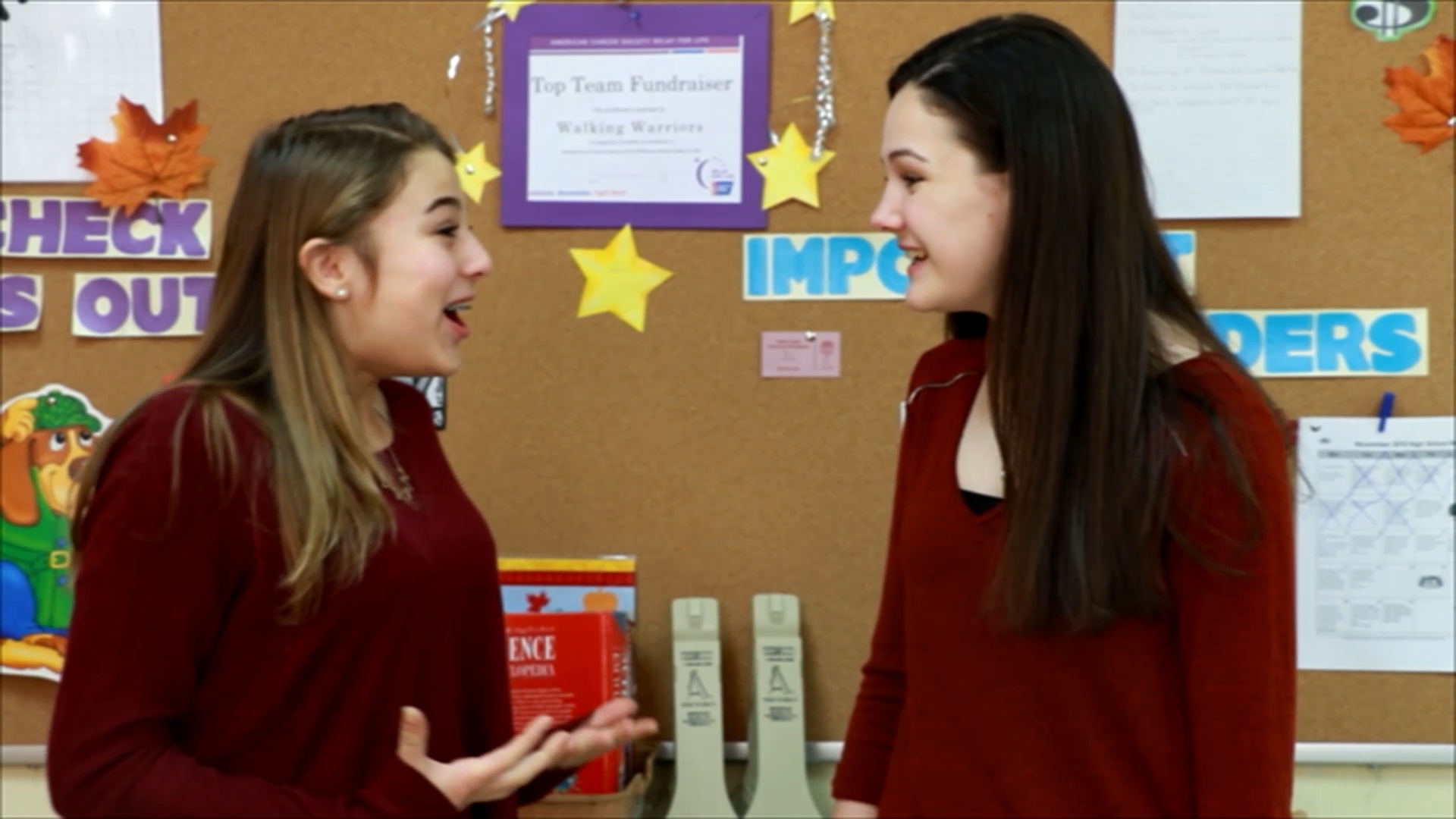
Teaching young children about tone of voice is essential for developing their social-emotional skills. This blog post will provide educators with a no-prep activity, discussion questions, and additional resources to help Kindergarten students understand how their tone of voice can impact their communication with others.
Introduction
One of the key components of effective communication is the tone of voice. When we are happy, our voice tends to go up and become a little higher, and we might speak a little louder. In contrast, when we are sad or upset, our tone might become lower and quieter. Helping Kindergarten students recognize and understand these changes in their own voices and others’ can greatly contribute to their social-emotional learning and help them navigate their interactions with peers and adults.
No-Prep Activity
This simple, no-prep activity will help your Kindergarten students practice recognizing different tones of voice. You won’t need any materials, just your voice and your students’ attention.
- Ask your students to sit in a circle and listen carefully.
- Explain that you will say a sentence in different tones of voice, and they should try to identify the emotion behind each tone.
- Choose a neutral sentence, such as “I’m going to the store,” and say it in various tones of voice to convey emotions like happiness, sadness, excitement, and frustration.
- After each tone, ask the students to raise their hands and guess the emotion you were trying to convey.
- Repeat the activity with different sentences and emotions, allowing students to take turns saying the sentences in different tones of voice.
This activity will help students become more aware of how their tone of voice can convey their emotions and improve their social-emotional communication skills.
Discussion Questions
Use these discussion questions to further explore the concept of tone of voice with your students:
- Why do you think our tone of voice changes when we feel different emotions?
- How can you tell someone is happy or excited just by listening to their tone of voice?
- What might happen if we use the wrong tone of voice when talking to someone? How could it affect our communication?
- Can you think of a time when you noticed someone’s tone of voice and how it made you feel?
- Why is it important to pay attention to our tone of voice when we are talking to others?
Related Skills
Teaching tone of voice is just one aspect of helping Kindergarten students develop their social-emotional skills. Here are some related skills that can also be beneficial to teach:
- Active listening: Encouraging students to listen carefully to others and respond thoughtfully.
- Empathy: Helping students understand and share the feelings of others.
- Nonverbal communication: Teaching students to recognize and interpret body language and facial expressions.
- Conflict resolution: Guiding students through the process of resolving disagreements in a respectful and effective manner.
Next Steps
Now that you have an understanding of how to teach tone of voice to your Kindergarten students, it’s time to explore additional resources that can support your efforts. For free sample materials that can help teach tone of voice and other crucial social-emotional skills, be sure to sign up at Everyday Speech. These resources will provide you with the tools you need to nurture your students’ social-emotional learning and set them up for success in their interactions with others.

